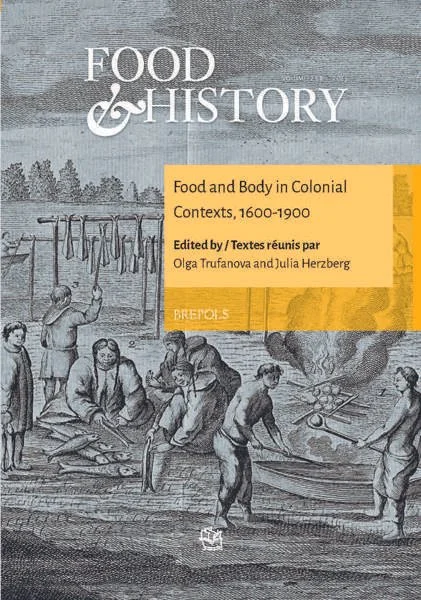In their work as editors, Olga Trufanova and Julia Herzberg have assembled a collection of essays that expands the geographical focus of studies of food and colonialism. Gathered in a special issue of Food & History dedicated to “Food and Body in Colonial Contexts, 1600–1900,” I’m humbled to have contributed the article “Muktuk and Culinary Borders in the North American Arctic since 1867.”
Often accompanied by the word “delicacy”, muktuk—whale skin and its blubber—is a culinary staple in the Arctic, as well as a polarizing food that colonists and settlers have largely rejected. It, therefore, introduces themes pertinent to the history of dietary cultural encounters in northern colonial settings—from the politics of “delicacies” to how foods make and unmake borders. My article follows muktuk’s textual traces to analyse how they represent culinary relationships between peoples, cultures and northern lands. Focusing on the period post-1867, it asks: what is a culinary border and how does the word “delicacy” materialize, manage, and maintain cultural distance?
